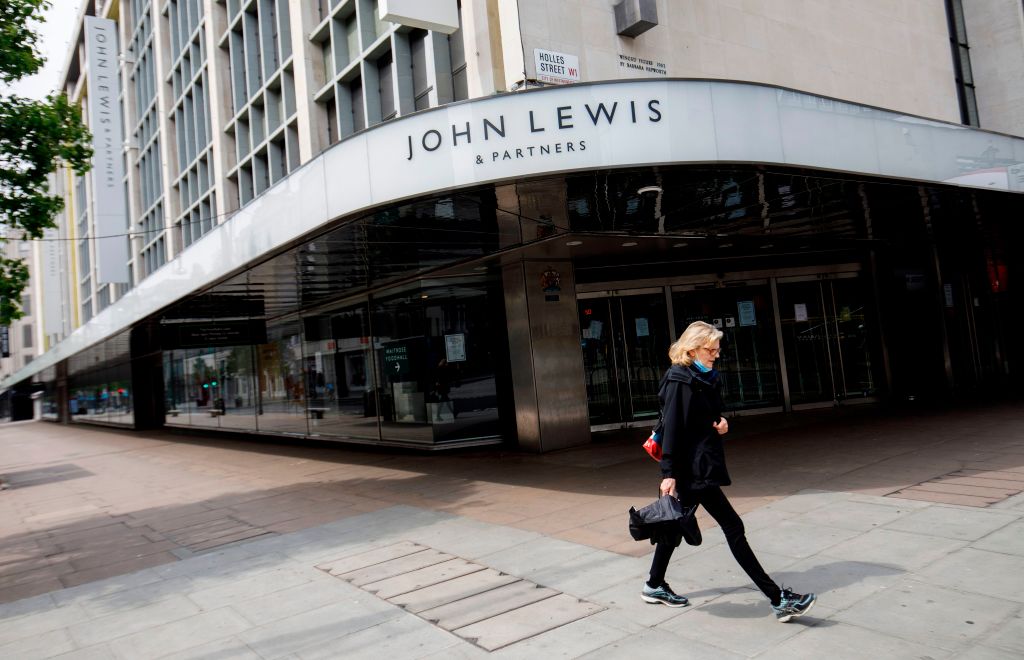Why it may not be all doom and gloom for John Lewis
Employee-owned John Lewis Partnership has faced a series of dilemmas over the past few years, but analysts are “cautiously optimistic” a refresh of its top table will help aid its balance sheet ahead of its results next week.


Employee-owned John Lewis has faced a series of dilemmas over the past few years, but analysts are “cautiously optimistic” that a refresh of its top table will help aid its balance sheet ahead of its results next week.
In January, the struggling high street store bought former director Peter Ruis back to lead the group’s department store business.
The high street heavyweight has had senior-level stints at some of the world’s most recognised fashion brands, including Jigsaw, Anthropologie, Marks and Spencer.
Just under a year ago the Partnership, which owns Waitrose and the chain of eponymous department stores, also hired former Hovis boss Nish Kankiwala as its first-ever chief executive.
The 160-year-old chain previously faced criticism for not having a cohort of senior management with experience in the retail world. Outgoing boss Sharon White was head of Ofcom before she took the reins.
Richard Lim, chief executive of Retail Economics, told City A.M: “It feels like a big step in the right direction in terms of some deeper retail expertise within the company.”
The analyst said he is “cautiously optimistic” about what the firm will deliver on Thursday.
John Lewis’s last financial update unveiled a narrowing in losses, but the firm also said high inflation and a greater need for investment would mean its ambitious turnaround plan would be extended by two years.
In the name of cutting costs, the Partnership is understood to be consulting on plans to cut 11,000 jobs and reduce redundancy pay for its staff.
Amid this tension, the firm also announced its biggest pay increase for staff in its history, raising the minimum pay for staff on the shop floor by around 10p.
John Lewis plans to triple its cost savings target from £300m to around £900m by January 2026.
It was previously reported by The Times, that John Lewis had raised around £260m by taking on new bank debt and conducting a sale and lease back of 11 Waitrose stores.
Lim added: “I think this year they’re going to see the benefits of having streamlined the business.. alongside some of the easing in operating cost pressures that the industry sees which should improve their profitability”.
Much of the retailer’s struggles were accelerated by the pandemic as a push to online shopping led shoppers to steer clear of physical retail. The subsequent cost of living crisis also meant customers did not have the funds to splurge on their fancy wares.
John Lewis has trailed behind Marks and Spencer, who also fell on hard times, but managed to regain its customer base by offering trendy goods and overhauling its estate.



